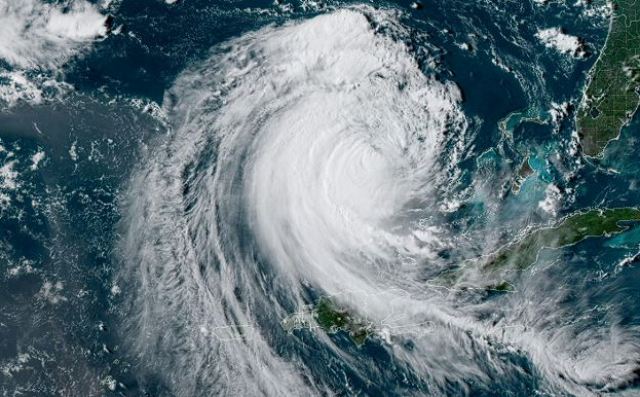Hurricane Erin stayed far out in the Atlantic Ocean on Tuesday, but the storm was still strong enough to send giant waves toward North Carolina’s Outer Banks. Waves as high as 20 feet crashed into the shore and washed over sand dunes, causing flooding in some places. Local leaders warned people to be careful and began ordering evacuations in the most at-risk areas.
The National Hurricane Center said Erin was moving north while staying mostly parallel to the east coast. Even though it is not expected to hit the mainland directly, the storm is still very dangerous. Experts said it will grow bigger over the next few days and create powerful rip currents and rough seas that could be deadly for swimmers and boaters.
Authorities told people on Hatteras Island and Ocracoke Island to leave because these places can be cut off quickly during storms. Both areas rely on one main road, North Carolina Highway 12, which often gets flooded or destroyed when a hurricane passes. If the road goes under water, people may not have access to food, medicine, or emergency help for many days.
Erin is the first hurricane of the 2025 season. The storm became extremely powerful on Saturday, reaching Category 5 strength before it weakened. Later, it gained strength again and knocked out power for over 147,000 people in Puerto Rico. By Tuesday, it was a Category 2 storm with winds of 110 miles per hour while moving northwest at about 7 miles per hour.
Category 2 storms have winds between 96 and 110 miles per hour. Erin was very close to becoming a Category 3 hurricane, which can cause serious damage. Scientists have warned that climate change is making storms like Erin grow stronger and faster.
The Outer Banks have about 3,500 permanent residents who are used to being cut off by storms, but tens of thousands of tourists are visiting now and may not know how risky it can be. While towns in the north, such as Nags Head and Kill Devil Hills, are not under evacuation orders, southern areas face more danger. Over the years, small fishing towns in the islands have turned into busy tourist spots filled with large rental homes. Now, with Hurricane Erin offshore, both locals and visitors must deal with the flooding, strong waves, and the threat of being stranded away from the mainland.

